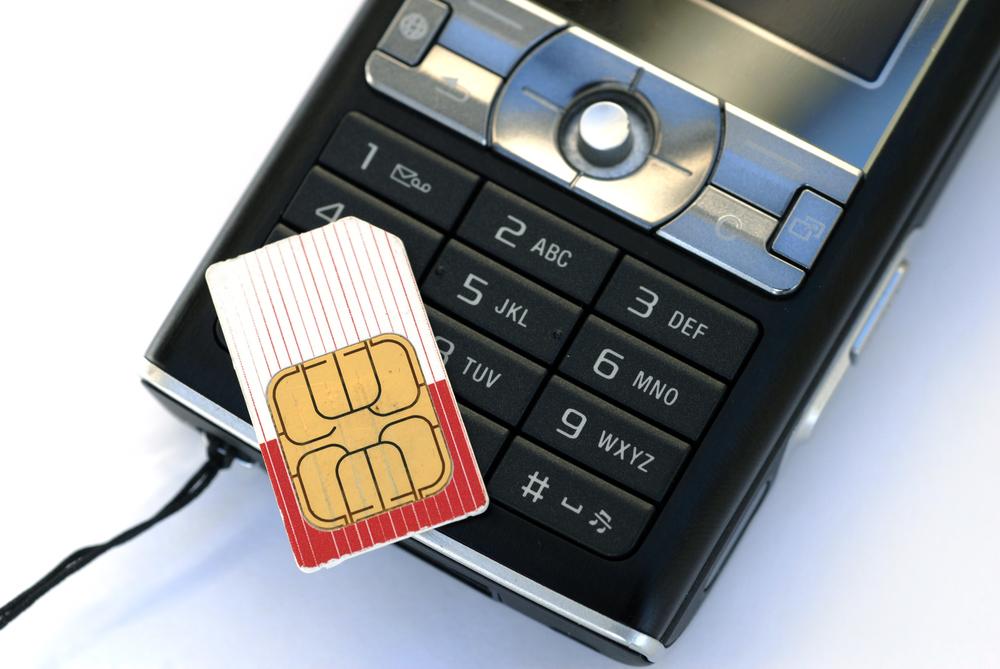Comprehensive Guide to Prepaid Mobile Services: How They Work and Benefits
This comprehensive article explores the workings and benefits of prepaid mobile services, explaining how they operate, their advantages, and reasons for their rising popularity. Suitable for anyone seeking flexible, cost-efficient mobile plans, it covers how prepaid accounts are funded, managed, and recharged, emphasizing their role in providing control over expenses. It also touches on regional variations and key features that make prepaid plans a preferred choice for diverse users. An essential guide for consumers and industry watchers alike, highlighting the significance of prepaid mobile services in today’s telecommunications landscape.

Comprehensive Guide to Prepaid Mobile Services: How They Work and Benefits
Prepaid mobile services have become an increasingly popular choice for consumers seeking flexibility, affordability, and control over their mobile expenses. These plans, which allow users to pay upfront for their phone usage without being tied into long-term contracts, have revolutionized the telecommunications industry. They are especially valued in regions where budget-conscious consumers seek cost-effective and straightforward options for staying connected. The growth of prepaid services can be attributed to several factors—including affordable plan options, widespread availability of network coverage, and the convenience of purchasing plans across urban, rural, and transit routes. Additionally, the proliferation of local stores selling prepaid phones and recharge options has made maintaining service easier and more accessible than ever before.
Understanding the Operation of Prepaid Mobile Phones:
When a customer purchases a prepaid mobile device, an account is immediately linked to that specific phone number, effectively setting up a digital wallet for usage. This account is managed independently from postpaid plans, where billing occurs after use. Users can fund their prepaid accounts through multiple convenient methods, such as online recharge portals, physical stores, or cash top-ups at local vendors. Once funds are added, the customer’s balance is used to pay for various services, including voice calls, text messages, data usage, and othervalue-added services. The amount credited to the account determines the duration and scope of services available; for example, a specific balance may cover a certain number of minutes or data volume for a set period, often a month or until the funds are exhausted.
Unlike postpaid plans that bill at the end of a billing cycle, prepaid services require users to pay in advance. When they add funds, they activate their service for a specified period, during which they can make calls, send text messages, or use data services. Once the prepaid balance depletes or the validity period expires, the service stops until additional funds are recharged. This straightforward system allows users to maintain complete control over their mobile expenses, avoiding unexpected bills or overage charges.
Many users opt for prepaid plans to avoid the risk of penalties associated with contractual agreements or credit checks. This approach is especially popular among students, travelers, and individuals seeking a flexible mobile plan without the pressure of monthly commitments. Although one drawback is the potential service discontinuation upon balance depletion, modern recharge systems have made reactivation swift and uncomplicated—available online, through mobile apps, or at physical outlets—ensuring users can quickly resume their service without much hassle.
Regional differences also influence prepaid plan usage, with many carriers offering various benefits such as free incoming calls, nationwide roaming, or bundled data plans. These features enhance the appeal of prepaid plans, making them suitable for all kinds of users—from occasional callers to heavy data users. In conclusion, prepaid mobile services are a vital part of the telecommunications ecosystem, providing a flexible, transparent, and cost-effective alternative to traditional postpaid plans—tailored to meet the diverse needs of modern consumers.





